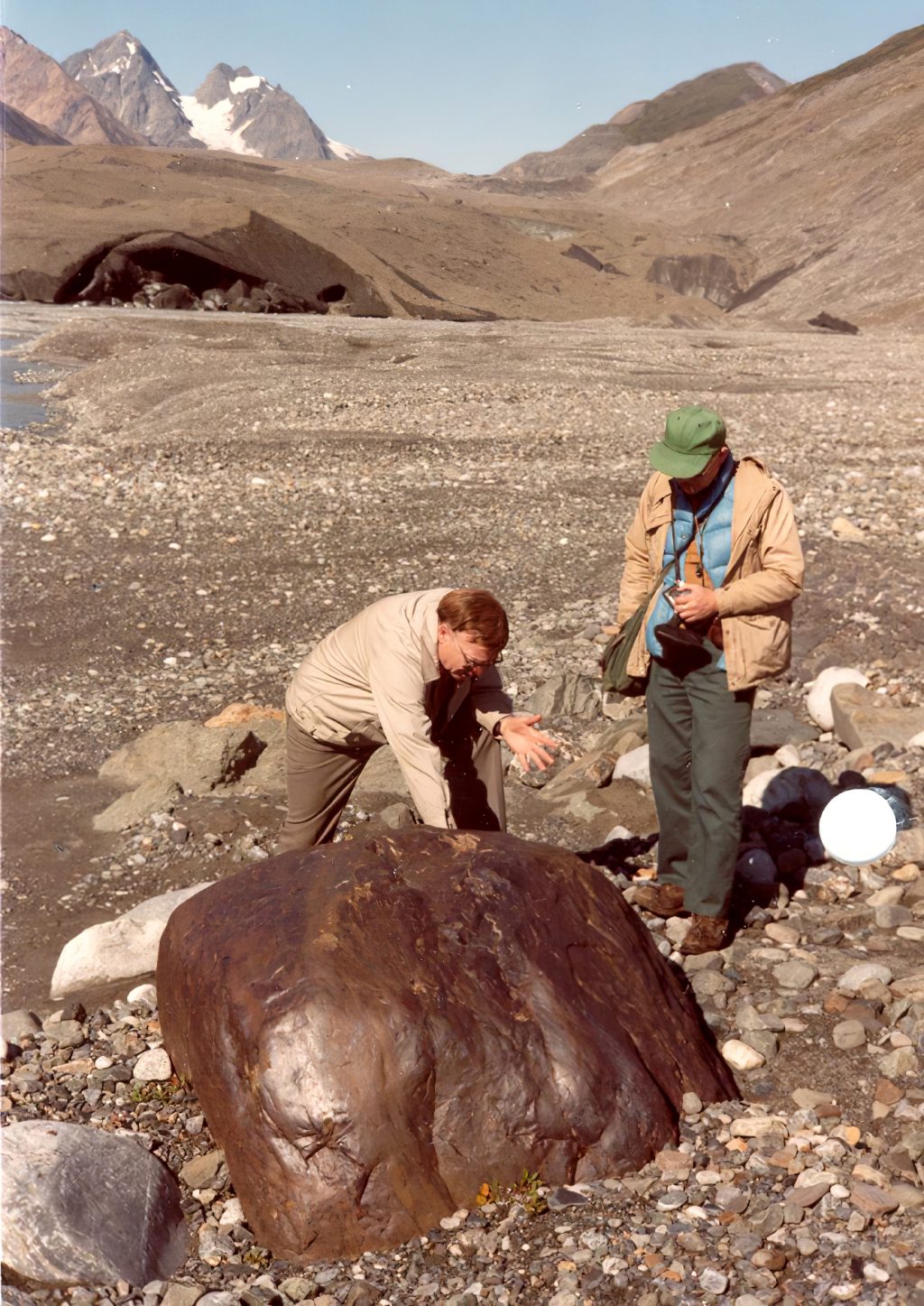Why grade is still king in today’s world of new mining

By Bruce W. Downing, MSc, PGeo, FGC, FEC (hon)
Mining is in a bind: it must first find the new “green minerals” and then it must satisfy the ever-changing (environmental, social, governance) ESG and (green-house gas) GHG related norms, all the while mines are now much harder to find.
There is, however, a potential link between grade, recoverable major and trace elements, geology, infrastructure, life-of-mine, reclamation, (ESG), and (GHG) related costs. These factors, combined with deposit size, generally determine the mine life, economics, politics and return to public and private stakeholders.
Generally, the higher the grade(s) and more metals as by-products, the lower the average overall production cost. Grade includes both major elements (e.g. copper, zinc, gold, cobalt) and minor elements (e.g. indium, tin, tellurium, platinum). The minable geometry of an orebody generally governs the mining method used, which influences the overall development costs and economics. That is, better mine economics can be achieved from mining similar tonnages of higher grade ores at a mine, rather than the equivalent tonnage of lower grade ores which impacts the amount of rock that has to be mined, transported, processed and eventually stored as waste.
This impacts the carbon footprint and GHG emissions with respect to grade / tonne per mining method (ie, open pit vs underground). In other words, the GHG emissions / tonne of material mined, processed and waste storage will reduce the carbon and the geographical footprint. This could be equivalent to a carbon offset.
The mining of, say, the large Windy Craggy deposit in northwestern British Columbia would first of all reduce GHGs for generations to come. The copper and cobalt-rich would equal two or more mines (copper and cobalt). It would also be better to mine Windy Craggy from underground and have a smaller (carbon) geographical footprint and reduced risks than an open pit mine (e.g. Casino, KSM, Galore) that would have large waste dumps and tailings storage facilities and are hundreds of kilometres from port. Windy Craggy is approximately 40km from tidewater.
The B.C. government www.minfile.ca website notes that Windy Craggy, now part of a provincial park, hosts 297,440,000 tonnes grading 1.38% copper, 0.069% cobalt, 0.2 g/t gold and 3.83 g/t silver. These are dated as cut-off grades would have to be updated. This does not include zinc and other critical elements such as indium, tin, tellurium and iridium that have now been identified and could favourably impact the project economics. Alternatively, can we remain with the status quo? No. Just, look at the ESG and GHG of mining copper / cobalt in the DRC, its distance to market, its use of child labour and its political fragility.
This is another thought that would resonate with governments, NGO, climate activists, First Nations, Venture Capitalists, etc, in favour of developing N’tsi Tatay (Windy Craggy). In the 1990s, Asia was less than 20% of global GDP and today it is over 50%. Everyone needs EVs but where will all the battery minerals come from?
Now with the new high interest in a North American critical metal supply chain and with the potential critical element resource of Windy Craggy, the global economic and world security interests may have another interest in revisiting this valuable deposit.
On another point, there have been several recent articles regarding the US Military interest funding mining projects in Canada. Several people from the US geological Survey visited Windy Craggy in 1990 as the US military were interested in a North American supply of cobalt, specifically for their armaments.
Now with the high interest in a North American critical metal supply chain and with the potential critical element resource of Windy Craggy, the US may have another interest in the Windy Craggy deposit.
